Bad news, guys. The shelf life for liquor leftovers does not apply to your two-buck chuck. While an opened bottle of your favorite whiskey will stay respectable for ages thanks to its high ABV (which makes it inhospitable to outside elements), an opened bottle of merlot will sour quickly. However, it turns out that red and white wines have different life spans once they're opened—for reasons which we'll cover below.

White wines have a shorter shelf life than reds once they're opened.
As the Economist notes, wine is a "living thing." While we've all had the self-proclaimed sommelier friend dutifully instruct us on how to properly aerate our wine and let our pinot noir breathe, too much time exposed to air will deteriorate its quality.
The Culprit Behind Wine Gone Bad?
Oxygen. Remember, since wine is a dynamic, living thing, "as with other organisms, for it, too, oxygen is a mixed blessing." Once opened, oxygen molecules begin reacting with positively charged iron ions within the wine, setting off a chain of reactions that break down the delicate flavors and aromatic compounds.
At first, this can be a good thing, as these changes help soften harsh flavors and bring out subtle aromas. Unfortunately, the window of opportunity for the right amount of oxidation is small—swiftly resulting in the overpowering this-tastes-like-vinegar flavor of wine gone bad.
While recorking your bottle will slow down the process, remember that you already introduced oxygen into your wine. You can't stop the chain reaction once it begins. The best solution? Know how long that wine is good for to prevent waste (see below) or just finish the entire bottle. We won't judge you if you choose the latter.

Recorking is a must, but it's not going to stop oxidation altogether.
Reds & Whites Have Different Life Spans
It'll depend on the particular type of wine you have on deck. Still, as a general rule of thumb, whites will stay good for one to three days at the most, while reds can be drinkable for up to five days, according to Supple Wine.
The disparity between the two is due to reds' high tannin content. Think of tannins as structural building blocks that exist in grape skins and stems. Since red wines are in contact with the skins and stems as they ferment, they soak in more tannins, which gives them more building blocks that take longer to break down.

Red wines get their tannic robustness from being fermented with grape skins and pips.
White wines, on the other hand, spend no time in contact with grape skins in modern winemaking. Any tannins they gain are usually due to the oak barrels they're fermented in, although more wineries are using tannin powders or oak chips because they're more cost-effective. With fewer tannins in their structure, white wines are more delicate in their taste and liable to go flat after they're exposed to air.
How to Extend the Life of Your Opened Wine
Your best method of defense to preserving opened wine for future drinking is the obvious one: place the cork securely back in the opening and refrigerate it. However, if you've got a particularly great bottle that you want to enjoy to the last drop, you also have other options.
Many people swear by vacuum pumps. You insert this piece of plastic and then use a pump to suck the air out of the bottle. Next, you reseal the bottle with a rubber stopper. (These things are also pretty handy for making five-minute sangria, too.)
However, many tests say that the vacuum seal is a gimmick, and no more effective than simply recorking the bottle and that the air seeps back in overnight. Some wine enthusiasts also feel that using the vacuum will suck out the delicate aromas and bouquets that make wine enjoyable in the first place. John on Wine recommends recorking the bottle not with the original cork, but with a non-porous version that is more airtight.
Meanwhile, Wine Spectator strongly recommends using only the method we all know and love: a cork and your refrigerator, since cold is the best way to cut down on oxidation. It doesn't matter if your wine is red or wine—just keep 'em chilled out. They do say that it helps if your wines are young—the older they are, the more the aroma and bouquet are likely to evaporate even when recorked.

Believe it or not, but slapping the cork back in and refrigerating is one of the best ways to preserve it.
If you are really serious about saving your wine to the last drop, you might want to explore inert wine preservers. These canisters replace the air inside your bottle with argon gas (sometimes nitrogen or an argon/nitrogen blend), which is heavier than oxygen. This acts as a barrier between the wine and air. If you're interested in exploring this option, check out this comparison test of two leading brands.
Another easy trick to making wine last a little longer without using a vacuum pump, inert preservers, or an old wine cork is to use a mason jar—and it's really easy. Interested? Find out more here.
Ports, Sherry, & Madeira
You'll usually find ports served as a digestif (aka, a post-prandial drink which aids your digestion). It's also often paired with dessert due to its high sugar content and sweet flavor. Port wine is fortified, meaning it's blended with distilled spirits similar to brandy. The addition of a liquor gives port wines a higher ABV than other wines.

Vintage ports for sale.
In turn, the high sugar-filled alcohol content gives ports a longer shelf life than reds and whites, as these elements act as a preservative by making it an unfriendly place for bacteria.
An opened bottle of port will be good for two to four weeks in the fridge with the original cork popped back in, says Etty Lewensztain of Menuisum Wine Blog. She says that sherry will last for about a week when refrigerated. Meanwhile, madeira will last indefinitely when chilled out.
Champagne
Champagne is like soda. Once it's opened, the bubbly carbonation that tickles your nose will disappear within a few hours. Unlike reds, whites, and fortified wines, champagne goes through a second alcoholic fermentation that occurs inside the bottle when yeast, sugar, and yeast nutrients—the "liqueur de tirage"—are added and the bottle sealed. The yeast begins to turn the sugar into alcohol and carbon dioxide.

According to many food scientists, this trick doesn't work.
Since champagne's distinct fizz fades quickly, it'll go flat within a few hours. If you're looking for ways to savor the last bits of champagne (hint: a spoon doesn't work), your best bet is to buy really good champagne that's been made according to méthode champenoise and keeping it ice-cold so the CO2 doesn't dissipate. You can learn more here.
What to Do if Your Wine Expires
Miss the expiration date? (Wine does not actually have an expiration date, so don't look for one.) Fret not, there are multiple uses for wine-gone-bad and the particularly thrifty can still put that booze to good use.
You can transform almost-empty bottles of red wine into vinegar,deglaze a pan with port, or freeze champagne in an ice cube tray and add it to your orange juice in the morning.
You're most welcome.
Cover image by Charisma Madarang/Food Hacks









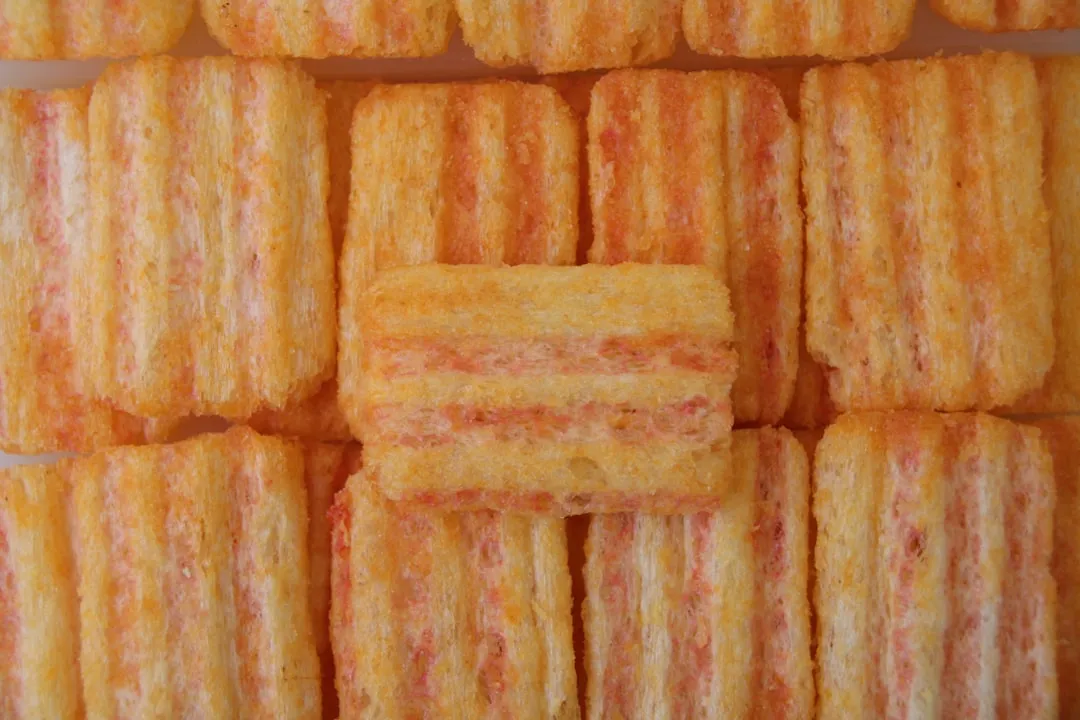
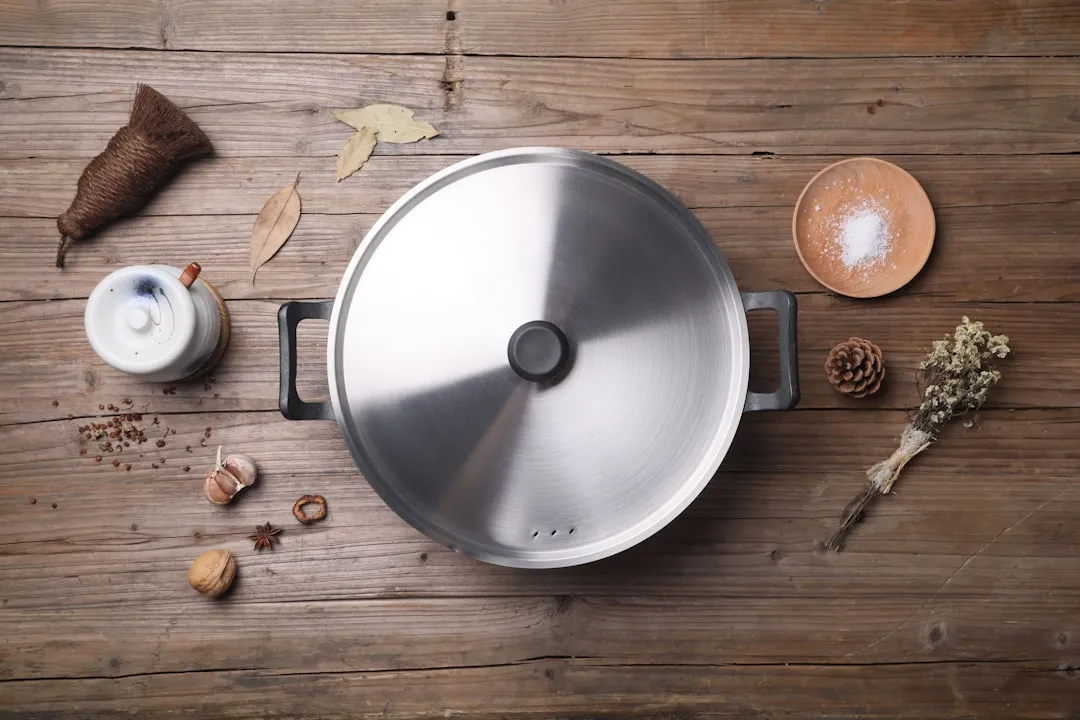
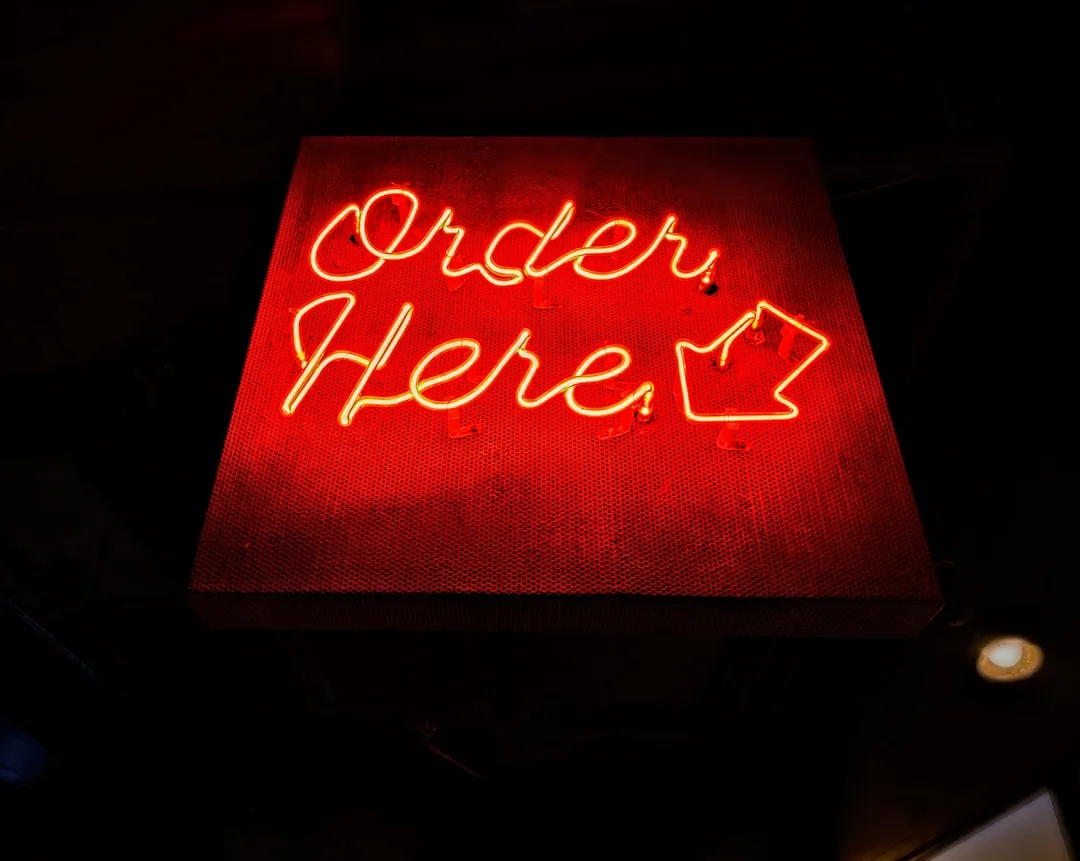
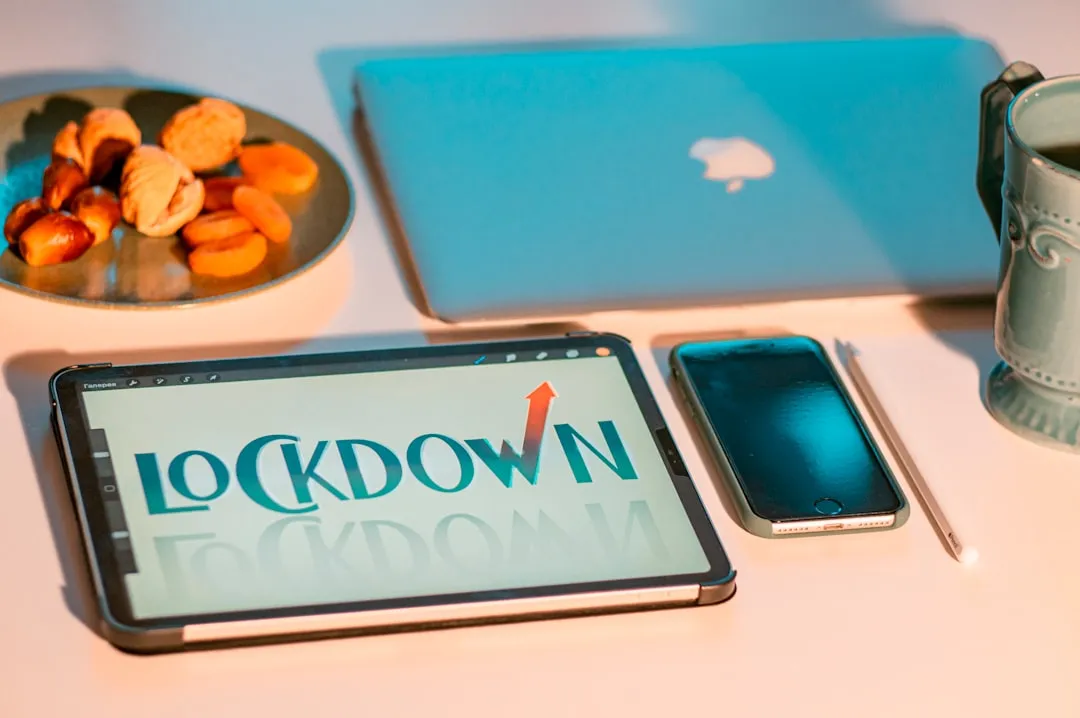


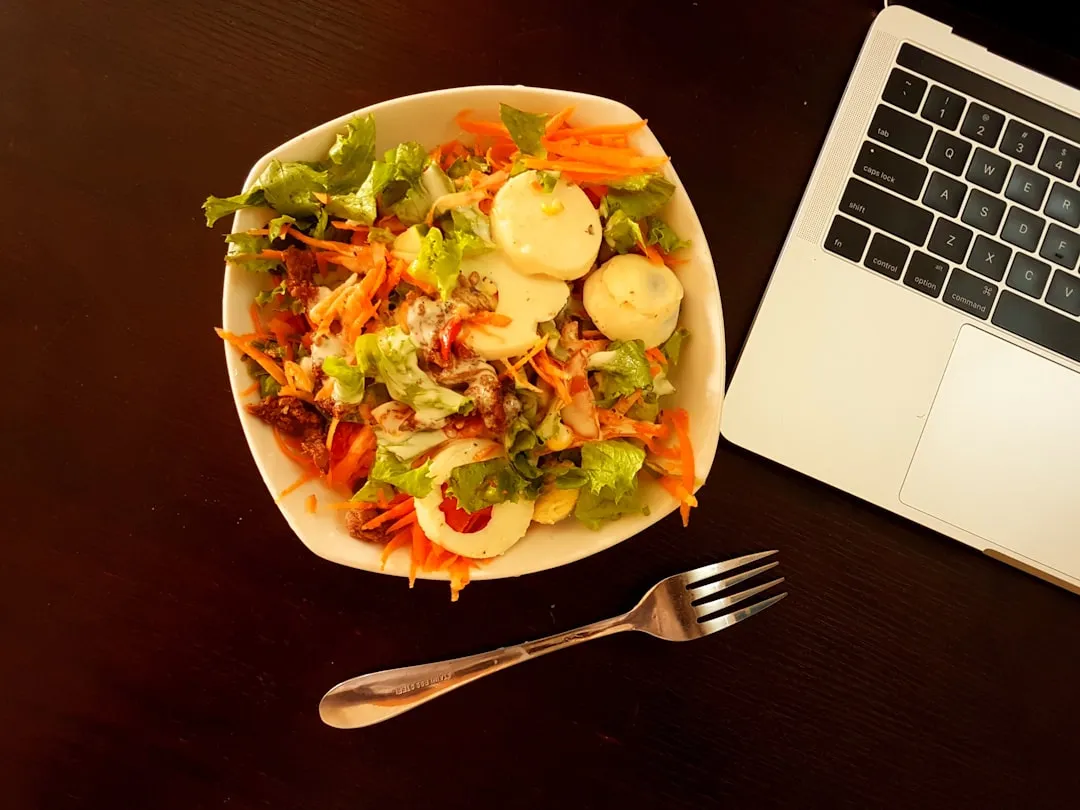
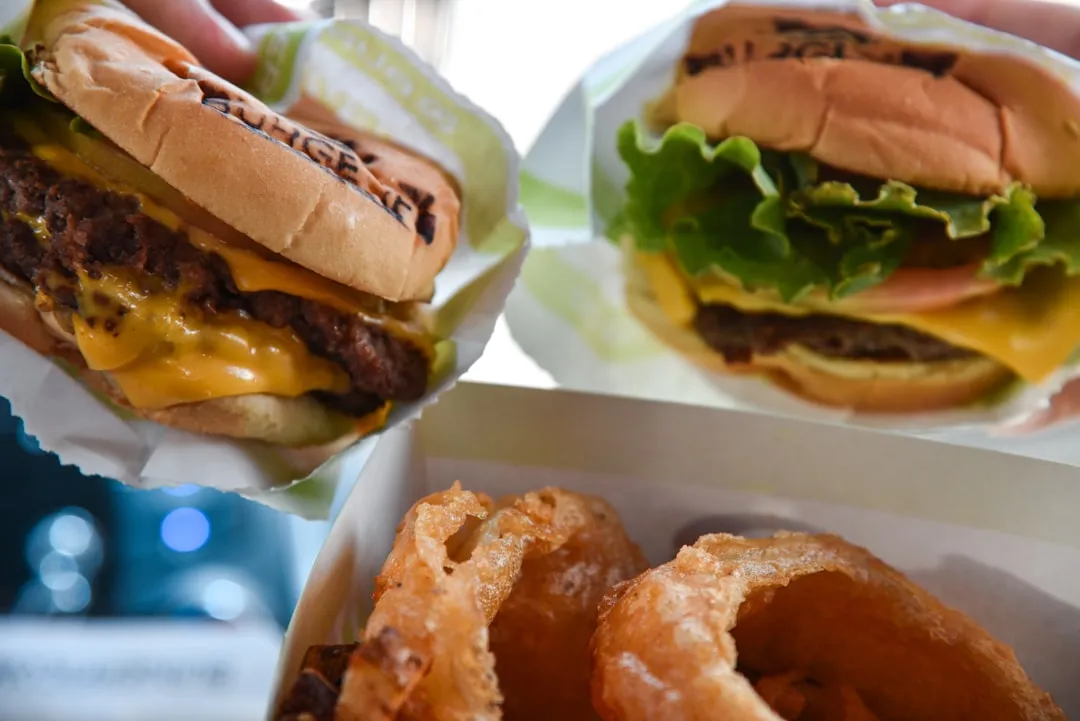



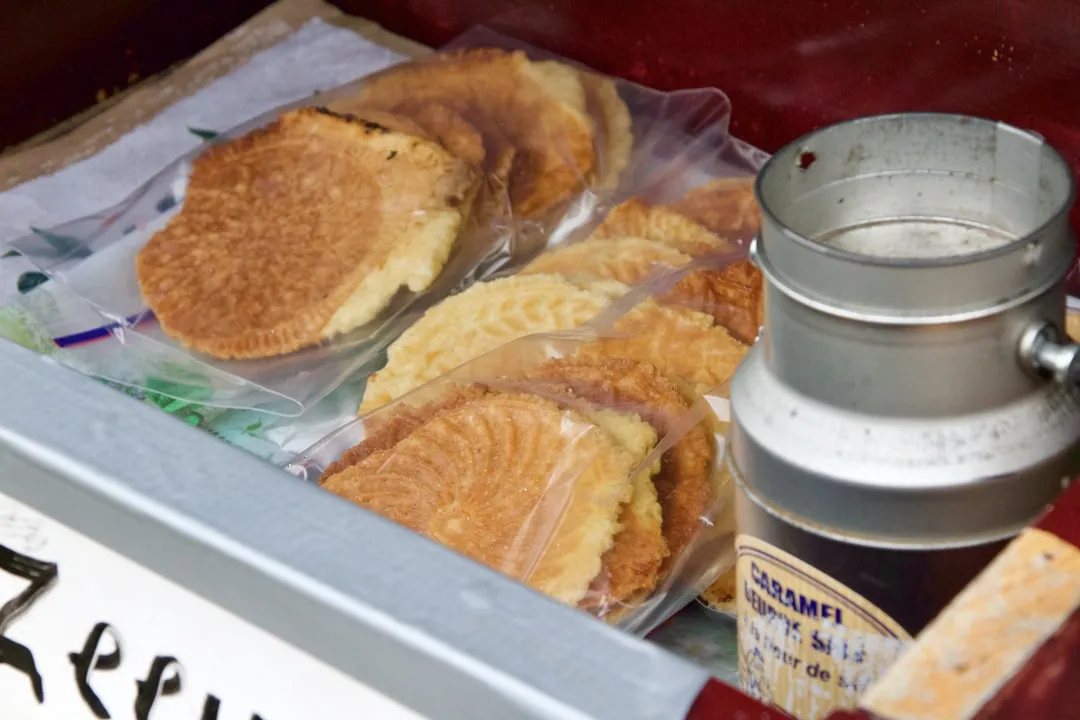

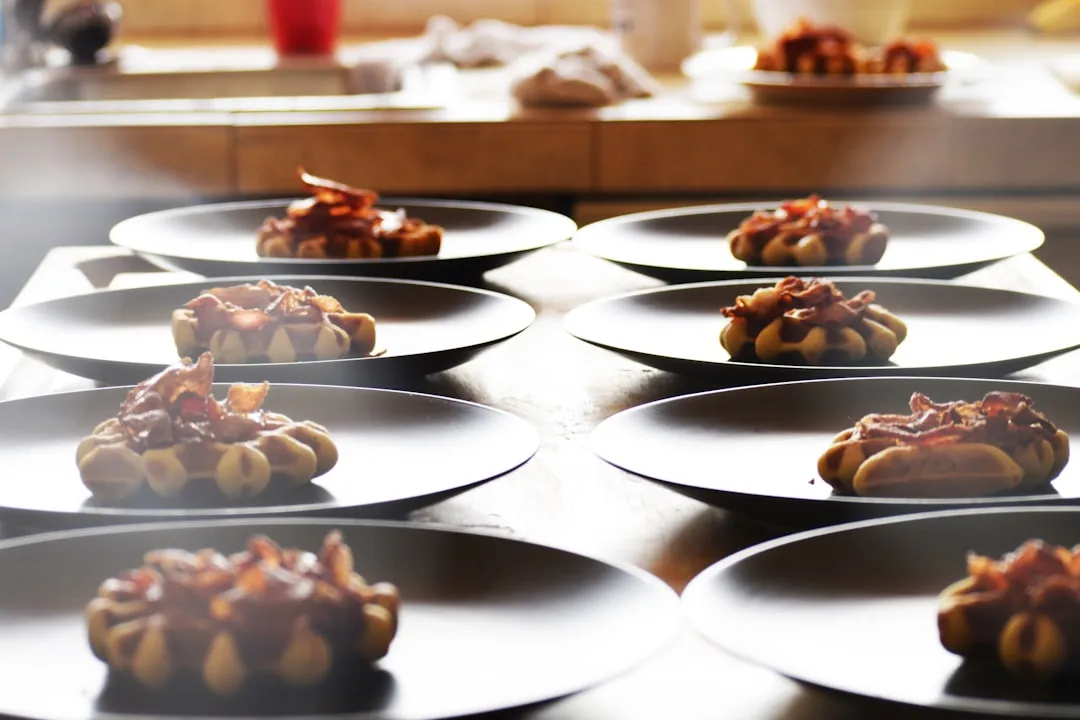


Comments
Be the first, drop a comment!